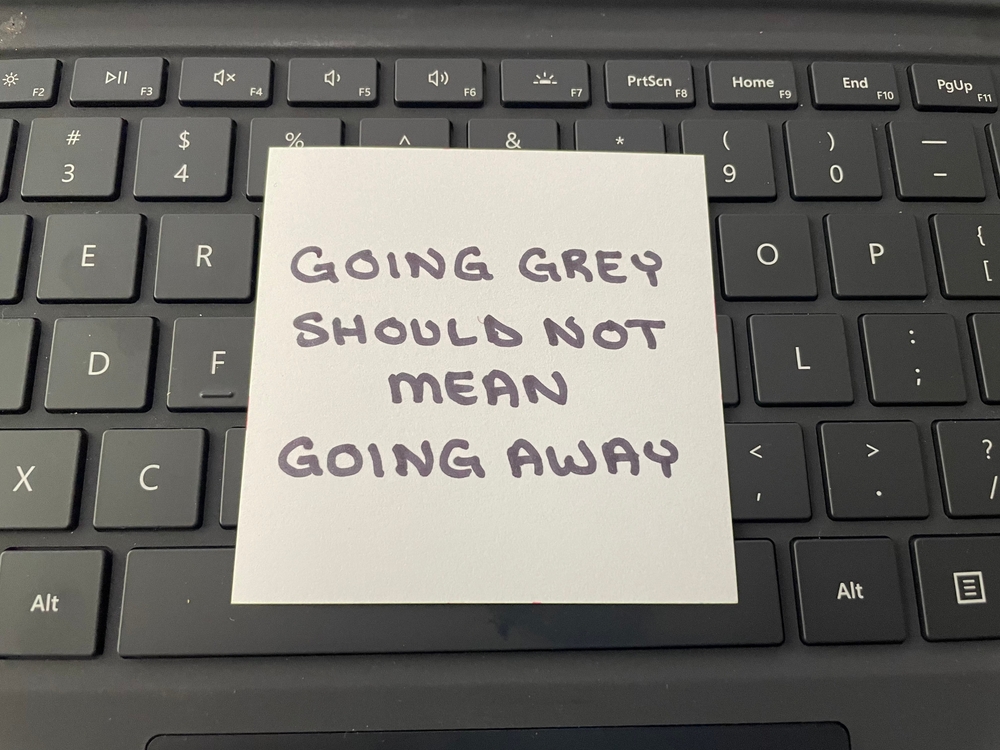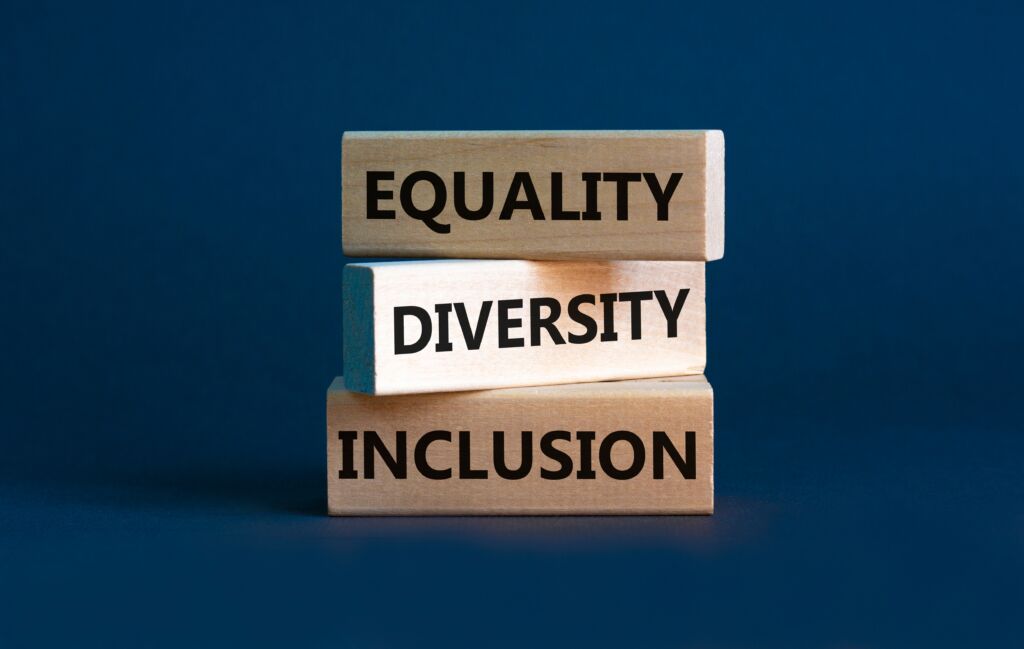Diversity in the workplace – Age
Equality, Diversity and Inclusion is a wide ranging and at times complex area that organisations are grappling with – some very successfully, some not so and others do not know where to begin. E, D and I should not be an add on, but a bedrock for an organisations’ culture.

Leading up to June and Pride month New Dawn shall be exploring E, D and I in the workplace.
We shall examine the ways in which we can improve working environments and help the organisations that we support become more inclusive to engage, recruit and retain staff. The hope is to help establish environments where team members can feel at ease, are supported and nurtured.
In this initial blog we discuss inclusive employment when it comes to AGE.
Aging and age are factors that truly level the playing field as we all experience them regardless of race, religion, belief, gender, sexual identity or disability, therefore it presents an ideal starting point to consider your organisations E, D and I.
For the first time in history there are now 5 generations working in the same workspace. Understanding the characteristics and preferences of different generations can foster a more inclusive and productive environment. First things first. What are those different generations, the definitions and some attributes that may be associated with each:
Baby Boomers (Born 1946-1964) Known for their strong work ethic and loyalty to their employers, Baby Boomers value face-to-face communication and prefer hierarchical structures. This is the generation that experienced a job for life.
Generation X (Born 1965-1980) Often labelled as independent and adaptable, Gen Xers appreciate work-life balance and autonomy in their roles. They are tech-savvy but may prefer email over other communication methods
Millennials/Generation Y (Born 1981-1996) Millennials are characterised by their comfort with technology, desire for meaningful work, and emphasis on collaboration and feedback. They value flexibility and seek opportunities for professional development
Generation Z (Born 1997-2012) As digital natives, Gen Z brings fresh perspectives on technology and diversity to the workplace. They prefer instant communication channels like messaging apps and prioritise work environments that align with their values
And now introducing Generation Alpha (Born 2013 onwards) While still young, Generation Alpha’s influence on the workplace is anticipated to be shaped by advancements in technology and a focus on inclusivity and sustainability
Are these descriptions stereotypical or do they help to look at the needs and drivers for these different generations? Remember not every Gen X prefers emails or struggles with text chat and not every Gen Z is a slave to their smartphone and may prefer a face-to-face meeting.
It may seem daunting to begin to create a culture that takes all of these differences into account, so here are a few ideas to think about:
- Flexible Work Arrangements: Offer flexible working hours and remote work options to accommodate diverse preferences in work-life balance or when things change in a person’s life.
- Training and Development: Provide training programs tailored to different learning styles and career stages. Offer opportunities for mentorship and reverse mentoring to facilitate knowledge exchange between generations.
- Communication Channels: Establish various communication channels, that include face-to-face meetings, digital platforms, and mentoring sessions, to ensure effective communication across generations.
- Recognition and Appreciation: Recognise the contributions of employees from all age groups and celebrate diversity.
- Inclusive Policies: Review and update HR policies to ensure they are age-neutral and inclusive. Avoid age-related language in job descriptions and promotions, focusing instead on skills and qualifications.
- Intergenerational Collaboration: Encourage collaboration and teamwork among employees of different age groups. Create cross-functional teams that leverage the strengths and perspectives of each generation.
By implementing these strategies, organisations can foster a culture of inclusivity and respect, where employees of all ages feel valued, supported, and empowered to contribute their unique perspectives and talents.

A diverse workplace is a creative workspace that can engender real collaboration and put real succession into an organisation. Some of these strategies will also cross over into developing inclusivity in other areas including neurodiversity and support employees who have many different pulls on their life that could be barriers to progressing in work or staying in work.
On a simple level look at the team you work with or employ and think about their different identities and their drivers. Are they comfortable to be their true selves if they want to be?
“We see the world as we are not as it is” Stephen R Covey
Wy not visit our wellbeing and resilience area and discover more.